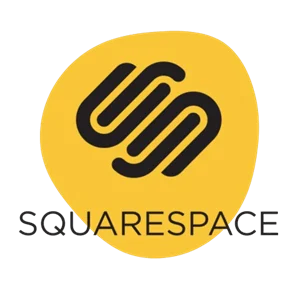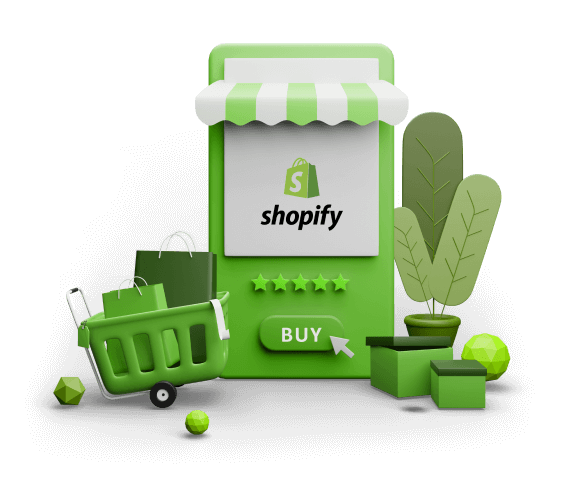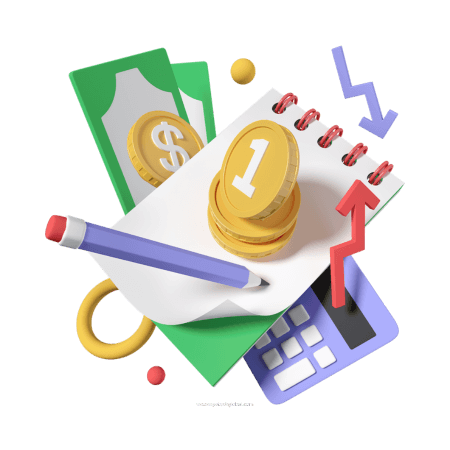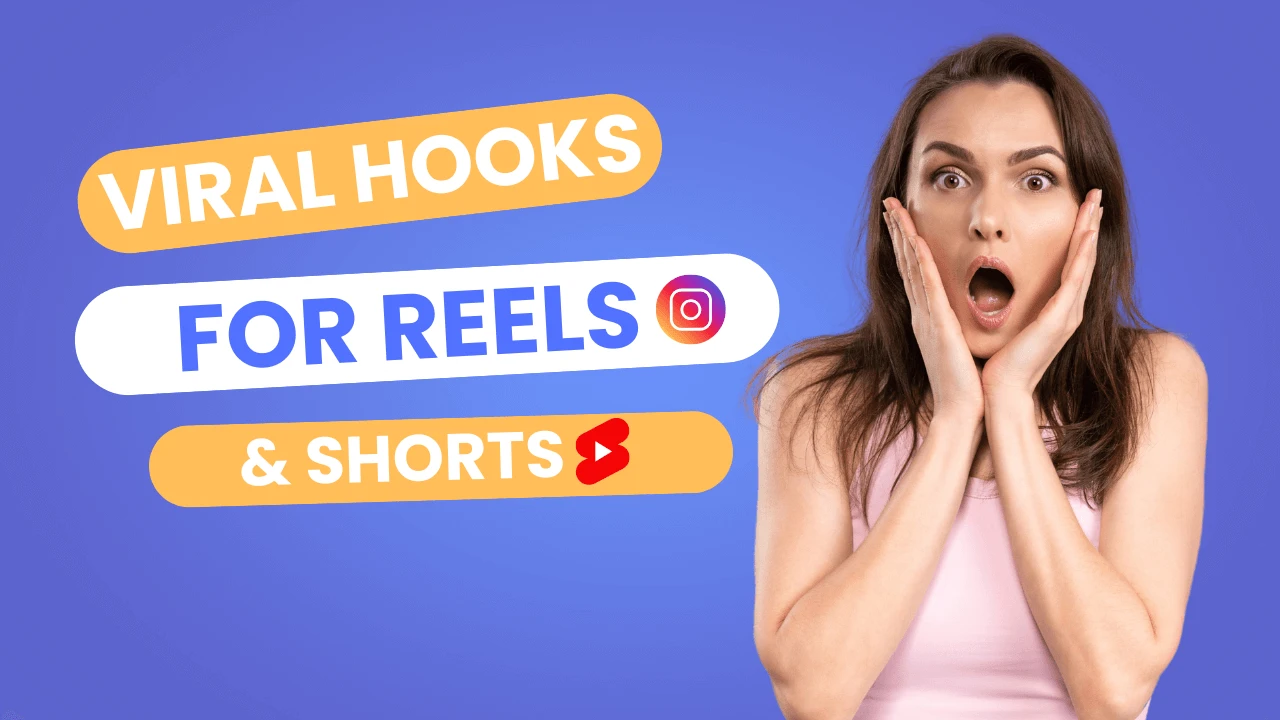Mastering the Art of Hooks: Boost Social Media Engagement with These Proven Techniques
In the fast-paced world of social media, grabbing your audience's attention in the first few seconds is crucial. Whether you're creating TikTok videos, Instagram Reels, or even LinkedIn posts, a compelling hook can be the difference between someone scrolling past or staying engaged. Here are different types of hooks, their psychological impacts, and examples to inspire your next content.
1. Hooks That Start with a Question
What better way to start a conversation than by asking a question? Questions engage viewers by making them think and encouraging interaction. This strategy not only piques curiosity but also increases retention rates as viewers pause to reflect on their answers.
Examples:
- “Are you having trouble with [specific problem]?”
Example: “Are you having trouble finding work-life balance?” - “How would you react if [an improbable situation]?”
Example: “How would you react if you could become fluent in a new language in one month?” - “What if I told you there’s an easy way to [desired result]?”
Example: “What if I told you there’s an easy way to cook healthy meals in under 30 minutes?” - “Why is no one talking about [niche-specific issue]?”
Example: “Why is no one talking about the mental health effects of yoga?”
Why It Works:
Questions involve your audience on a psychological level, making them feel part of the conversation and prompting them to engage more deeply with your content.
2. Negative Hooks That Stop the Scroll
Contrary to what you might think, negative hooks can be incredibly effective. They create a sense of urgency, spark curiosity, and often elicit an emotional response. By addressing a problem or highlighting an issue, you encourage viewers to stick around for the solution.
Examples:
- “You don’t need [thing/action in your niche].”
Example: “You don’t need an extreme diet to lose weight.” - “Forget everything you know about [niche element].”
Example: “Forget everything you know about investing in the stock market.” - “This mistake can cost you [number].”
Example: “This mistake is going to cost you thousands of dollars.” - “Here’s why your [action] isn’t working.”
Example: “Here’s why your marketing strategy isn’t delivering results.”
Why It Works:
Negative hooks tap into the audience’s fears or concerns, creating a powerful incentive to watch and find out how to avoid the problem.
3. Controversial Hooks to Spark Debate
Hooks that challenge mainstream opinions or address sensitive topics often result in deeper engagement. They provoke strong emotional reactions, encouraging viewers to comment, share, and discuss your content.
Examples:
- “I hate [mainstream element].”
Example: “I hate fad diets, and here’s why.” - “You’re not going to agree with me, but...”
Example: “You’re not going to agree with me, but working more than 40 hours a week is counterproductive.” - “This should be illegal.”
Example: “This should be illegal: selling supplements without scientific evidence.” - “The truth about [controversial topic].”
Example: “The truth about gluten-free diets.”
Why It Works:
Controversial hooks challenge the status quo, igniting curiosity and encouraging users to engage with differing opinions.
4. Hooks That Use Numbers and Percentages
Numbers provide a sense of clarity and rationality. They make your content feel more professional and tangible. Even creatively crafted numbers can draw attention and add credibility to your message.
Examples:
- “Why 99% of [audience] fail at [problem].”
Example: “Why 99% of cold emails don’t get replies.” - “X% of [target audience] are [problematic state].”
Example: “80% of viewers watch my videos without sound. Are you one of them?” - “This mistake will cost you [specific number].”
Example: “This mistake will cost you millions in missed opportunities.”
Why It Works:
Numbers simplify complex ideas and make them more digestible, instantly drawing the viewer’s attention.
5. Experience-Based Hooks
Sharing personal or relatable experiences creates a sense of authenticity and trust. These hooks are particularly effective because they combine storytelling with actionable insights.
Examples:
- “I tried every [advice/method], so you don’t have to.”
Example: “I tried every fad diet, so you don’t have to.” - “What happens when we [expected result]?”
Example: “What happens when we achieve total well-being?” - “Here’s how I [achieved a result in a timeframe].”
Example: “Here’s how I gained 1,000 subscribers in just 30 days.”
Why It Works:
Experience-based hooks build credibility while providing real-world examples that resonate with viewers.
6. Surprising Hooks That Grab Attention
Surprising your audience with unexpected facts, raw truths, or humor is a surefire way to keep them engaged. These hooks work because they disrupt the viewer’s expectations, compelling them to learn more.
Examples:
- “Here’s why your [action] isn’t giving results.”
Example: “Here’s why your workout routine isn’t effective.” - “Everything you thought you knew about [topic] is 100% wrong.”
Example: “Everything you thought you knew about dieting is 100% wrong.” - “Fun fact: [interesting fact].”
Example: “Fun fact: Honey never expires.” - “Stop [mainstream action] if you want [result].”
Example: “Stop overthinking if you want to boost your creativity.”
Why It Works:
Surprises create an instant emotional connection and drive curiosity, making it nearly impossible for viewers to look away.
7. Visual Hooks for Dynamic Engagement
Changing your position or surroundings can add a dynamic element to your content, keeping viewers visually stimulated. Visual variety ensures your audience doesn’t get bored and stays engaged.
Examples:
-
Transitioning from one room to another mid-sentence.
-
Starting your video in a bustling city street and ending it in a quiet park.
-
Using props to illustrate a point (e.g., holding up a chart or graph).
-
Changing camera angles to emphasize key moments.
Why It Works:
Humans are naturally drawn to movement and novelty. Visual changes prevent monotony and keep viewers attentive.
8. Celebrity Hooks for Immediate Interest
Using well-known figures or famous examples to deliver your points instantly captures attention. People are naturally curious about celebrities and tend to engage more with relatable or aspirational stories.
Examples:
-
“Here’s what Elon Musk can teach us about innovation.”
-
“Why Taylor Swift’s marketing strategy is a game-changer.”
-
“How Serena Williams approaches success both on and off the court.”
-
“What Steve Jobs taught us about thinking differently.”
Real-Life Examples:
-
“Just like Oprah, you can also build a personal brand that resonates.”
-
“Kobe Bryant’s ‘Mamba Mentality’ is the mindset every entrepreneur needs.”
Why It Works:
Celebrity examples add relatability and authority to your content, making your points more compelling and memorable.
Conclusion
Hooks are the gateway to higher engagement and greater reach. Whether you’re leveraging questions, negative statements, controversy, numbers, personal experiences, or surprises, the key is to create an immediate connection with your audience. Experiment with these strategies, adapt them to your niche, and watch as your content captivates viewers and drives results.

























